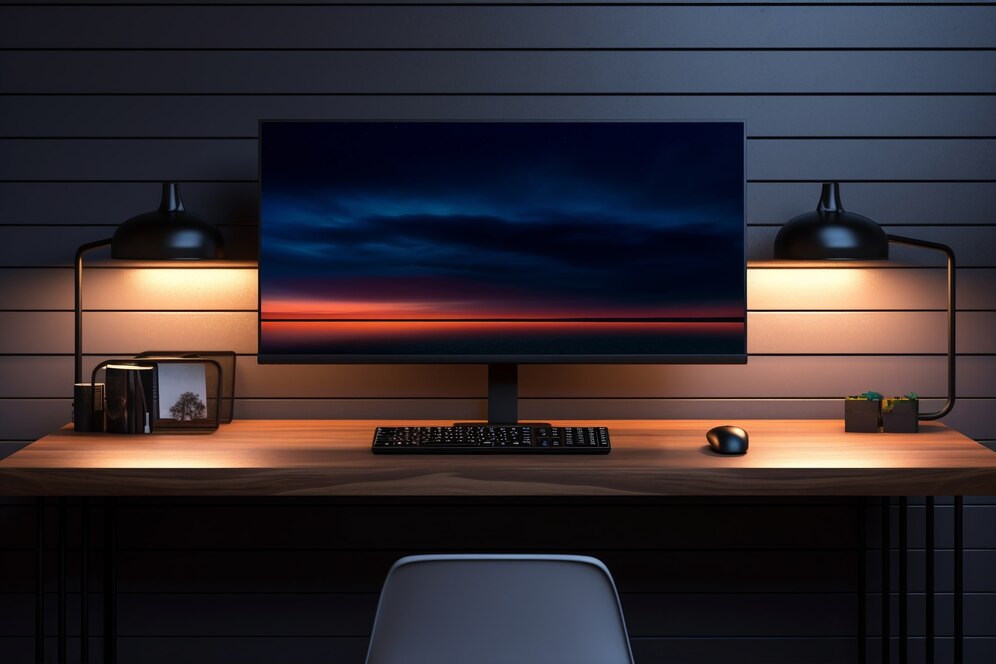In the age of constant pings, pop-ups, and digital overload, maintaining focus has become one of the biggest challenges for professionals and creatives alike. But with the right tech and a little intentional setup, you can transform your workspace into a haven of concentration and deep work.
Here’s how to build a distraction-free workspace using technology—without disconnecting entirely from the digital tools you rely on.
1. Start with a Minimalist Digital Setup
Your workspace starts with your screen. A cluttered desktop or crowded browser can be as distracting as a noisy environment.
Tips:
-
Use minimalist desktop wallpapers and hide unused icons.
-
Close unused apps and browser tabs regularly.
-
Use virtual desktops (Windows) or Spaces (macOS) to separate work contexts.
Tools to try:
-
HazeOver (Mac): Dims background windows to help you focus on the active one.
-
Fences (Windows): Organizes desktop icons into clean, customizable areas.
2. Leverage Focus Tools and Apps
Use apps that are specifically designed to minimize distractions and encourage flow.
Tools to try:
-
Focus@Will or Brain.fm: Play productivity-boosting music designed to help you focus.
-
Freedom or Cold Turkey: Block distracting websites and apps during work hours.
-
Pomofocus or Be Focused: Implement the Pomodoro Technique with reminders and breaks.
Pro tip: Schedule focused “deep work” blocks into your calendar to train your mind around focused intervals.
3. Streamline Notifications
Constant notifications are productivity killers. Most apps let you control or mute alerts—use these settings wisely.
What to do:
-
Turn on Do Not Disturb mode during deep work sessions.
-
Disable non-essential push notifications on all devices.
-
Set email to check manually or only at scheduled times.
Tools to try:
-
Focus Assist (Windows) / Do Not Disturb (macOS): Built-in quiet modes
-
Inbox Pause (via Boomerang for Gmail): Halts new emails from appearing until you’re ready
4. Upgrade Your Physical Tech Environment
Your hardware matters too. An ergonomic and distraction-free physical setup can keep you comfortable and in the zone longer.
Essentials:
-
Noise-canceling headphones: Block out ambient distractions in open or shared spaces
-
Adjustable monitor arm: Keeps your screen at eye level to reduce strain
-
External keyboard/mouse: Helps position your body correctly and reduce fidgeting
Bonus tip: Keep chargers and cables tidy with cable organizers—visual clutter leads to mental clutter.
5. Use Smart Lighting and Ambience Control
Lighting affects your energy and focus. Use smart tech to create a space that adapts to your rhythm.
Tools to try:
-
Philips Hue or Govee lights: Set scenes for “Focus,” “Reading,” or “Relax”
-
f.lux or Night Shift (Mac/iOS): Adjust screen color temperature to match time of day
Why it matters: Warm lighting in the evening reduces eye strain and helps prepare your body for rest, while cooler daylight tones are energizing during the day.
6. Declutter Your Digital Inputs
Information overload is a form of distraction. Streamline what you consume and how it reaches you.
Tips:
-
Use RSS readers like Feedly to control how you read news and blogs.
-
Unsubscribe from non-essential newsletters with Unroll.Me or Leave Me Alone.
-
Use Read-it-later apps like Pocket to defer articles that don’t need your attention now.
7. Integrate Automation to Reduce Context Switching
Context switching is a hidden productivity drain. Automating routine tasks can keep your mind in one place.
Tools to try:
-
Zapier or Make: Automate repetitive workflows between your favorite apps.
-
Alfred (Mac) or PowerToys (Windows): Launch apps, search files, and automate text faster.
-
Notion or Obsidian: Create a central hub for notes, tasks, and ideas.
Technology can be a double-edged sword—it can either empower your focus or destroy it. By thoughtfully curating your tech environment and taking advantage of tools that reduce friction, you can build a workspace that supports deep work, boosts creativity, and protects your most valuable resource: your attention.

